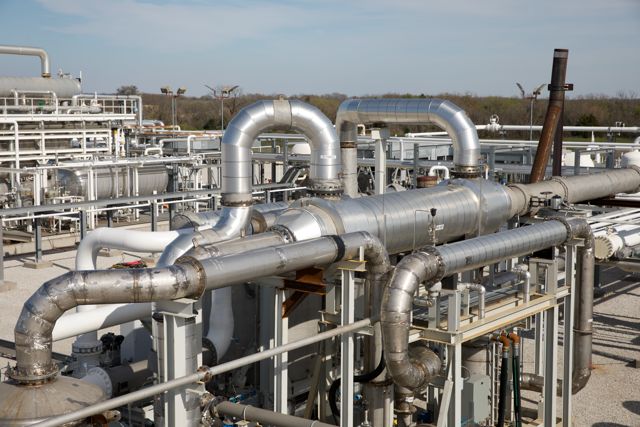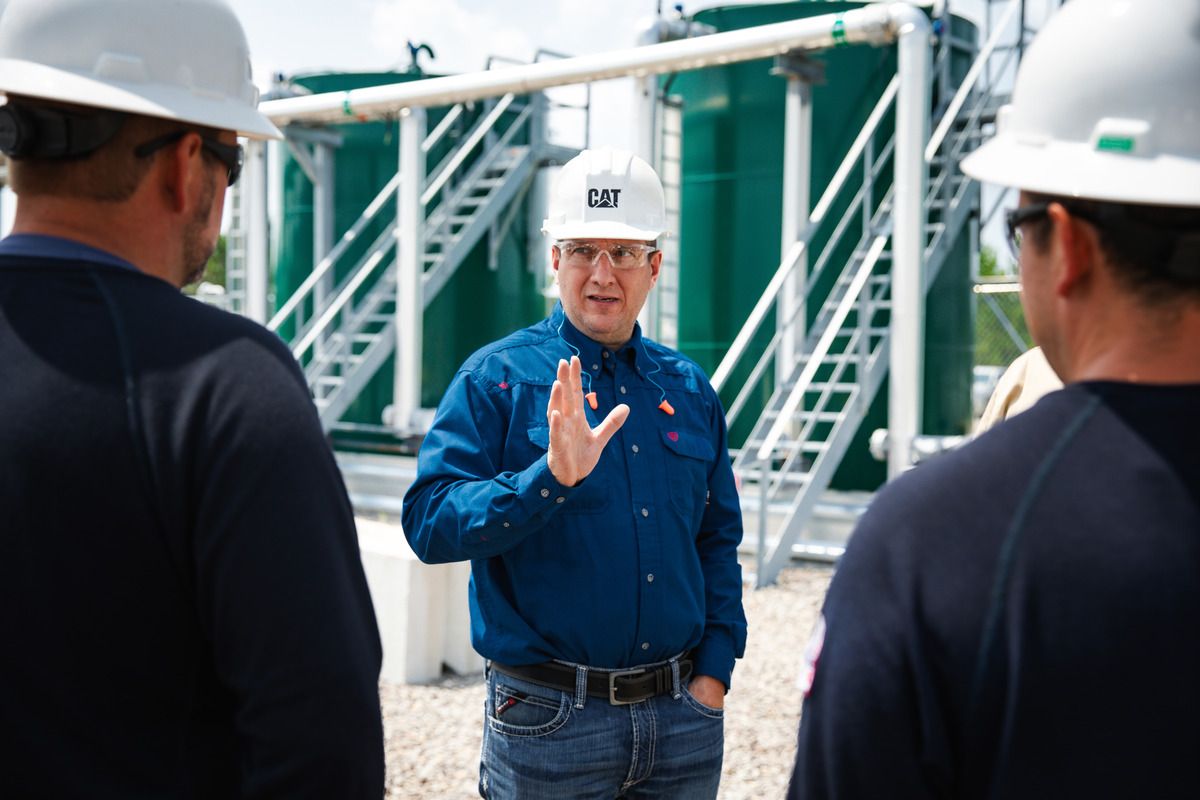

Sign In
Welcome! Sign In to personalize your Cat.com experience
If you already have an existing account with another Cat App, you can use the same account to sign in here
Register Now
One Account. All of Cat.
Your Caterpillar account is the single account you use to log in to select services and applications we offer. Shop for parts and machines online, manage your fleet, go mobile, and more.
Account Information
Site Settings
Security
A Multi-Pronged Strategy for Lowering Engine-Driven Gas Compressor Emissions
Reciprocating gas engines are often the driver of choice for engine-driven gas compression packages, as they can provide reliable, cost-effective power to gas compression sites around the clock. Gas-powered engines are especially necessary for sites where grid power is unavailable or unreliable. The natural gas sector is anticipated to continue growing over the next several years.1 However, gas compression operators face continued pressure to meet increasing global demand for energy while also lowering tailpipe greenhouse gas (GHG) emissions.
To meet evolving regulatory requirements and help achieve organizational climate-related objectives, operators are seeking innovative ways to improve operational efficiency while lowering emissions. Caterpillar Oil & Gas provides options for operators' engine-driven compression packages to help reduce GHG emissions from their engines. Fortunately, technological advancements continue to make it possible to lower GHG emissions from gas engines, and recent innovations have made a positive impact. Operators can lower tailpipe GHG emissions by combining engine-based technologies with aftertreatment systems and other practices.
Identify the Technologies Best Suited for Your Project
Choosing the best technology for a given project depends on several factors, including site-specific emissions goals, financial viability, commercial considerations and operational effects. No matter the approach, gas compression operators need high-performance, cost-effective solutions.
Several solutions are available to help lower GHG emissions while meeting operators’ unique needs. Upgrade kits applied to existing engines provide a quick and convenient path to lower emissions. Aftertreatment technologies can help reduce GHG emissions as well. Key options to consider include:
- Engine Upgrade Kits — Continued innovations in engine technologies have enabled operators to lower tailpipe emissions. These solutions are available as retrofit kits, which provide a quick and economical way to lower criteria pollutants, such as nitrous oxides (NOx), carbon monoxide (CO) and volatile organic compounds (VOCs). Installing retrofit kits, such as the Gen 2 upgrades for Cat® G3600 A3 and A4 engines, can also help reduce GHG emissions.
Kits typically require minimal changes to the compressor package, and they can often be cost-neutral when applied at a scheduled overhaul. Upgrade kits can also enable higher engine power, which results in improved compressor throughput that enhances a site’s overall operational efficiency. Making such engine upgrades may increase the life of an aftertreatment system, such as a standard oxidation catalyst, further helping to lower the cost of operations.
- Closed Crankcase Ventilation Systems — Closed crankcase ventilation (CCV) systems are a tried-and-trusted technology, but their performance depends on having the right configuration for a given engine. These systems are applied to gas engines to eliminate the venting of crankcase gases (commonly known as “blowby emissions”), which can help reduce GHG and other hydrocarbon emissions.
CCV systems can also improve engine efficiency, reduce lube oil consumption and reduce facility contamination, which helps support engine uptime and reliability. The systems provide a low-cost solution that’s easy to integrate and has low maintenance costs.
- Aftertreatment Technologies — In addition to engine-based technologies, aftertreatment technologies like methane oxidation catalysts can provide many additional benefits. A methane oxidation catalyst can lower lean-burn engines’ methane emissions levels. The catalyst can be applied by itself or in conjunction with a sulfur removal system and heat source to increase engine exhaust gas temperatures.
- Carbon Capture Technologies — In conjunction with solutions that help lower GHG emissions, there remains tremendous potential for deploying carbon capture, utilization and storage (CCUS) technologies. While CCUS encompasses many different processes, each aims to harness carbon dioxide (CO2) emissions for sequestration and/or use elsewhere.
There are four main types of carbon capture approaches operators can utilize: liquid solvents (absorbent), membranes, cryogenic and adsorbent. The adsorbent method is especially well suited for small to mid-sized gas compression sites, as the long-life solid sorbents that are used aren’t contaminated or consumed by the exhaust gases. This leads to lower operating expenses while providing simple engine integration.
Carbon capture is more difficult and expensive with gas sources that have very low CO2 concentration. One CCUS innovation, a patented semi-closed cycle (SCC) system, concentrates exhaust CO2 and reduces exhaust mass flow to the capture system. This reduces the size and cost of the capture system and allows effective capture from distributed power sources with very low CO2 concentration, such as gas turbines. An SCC system can be used upstream of any carbon capture process, such as a solid sorbent temperature swing adsorption process, to separate CO2 from exhaust gas. SCC systems can be used with new installations or retrofitted for existing equipment as needed. They can reduce both installed cost and operating expenses for capture systems and are suitable for both gas compression and power generation applications.
- Site-Level Emissions Reduction — Gas engines can also help lower emissions from other site sources, such as fugitive emissions from compressor rod packing, pneumatics, tank batteries and more. There are commercial technologies available that can ingest site-venting emissions into the engine fuel system when combined with a CCV system, and more advancements are being made with site-level technologies. These solutions are generally economical and prevent wasting useful gas fuel.
Driving Value Through Technologies That Help Lower GHG Emissions
Gas compression operators have many options for lowering GHG emissions. Most importantly, these technologies don’t sacrifice performance.
To identify the best approach or combination of methods, it’s recommended that operators review the requirements of each project to inform their strategy – or enlist their local Cat® dealer for assistance. These proven technologies enable operators to address both on-site gas compression needs and help support individual emissions goals.
1. Global Market Insights. Reciprocating Engine Market Report. June 2023. https://www.gminsights.com/industry-analysis/reciprocating-engine-market





